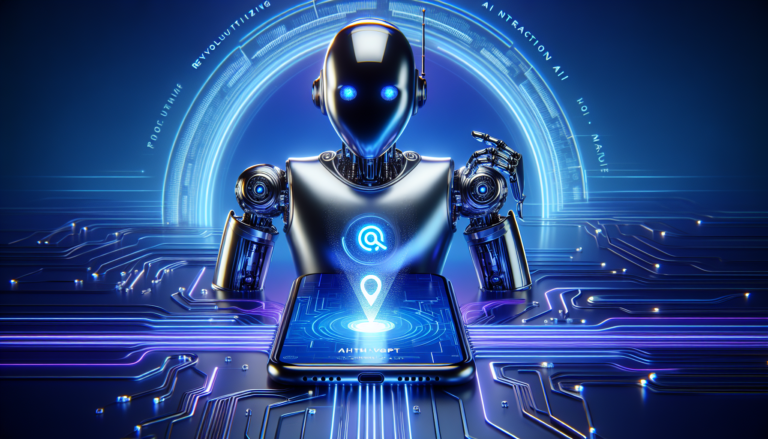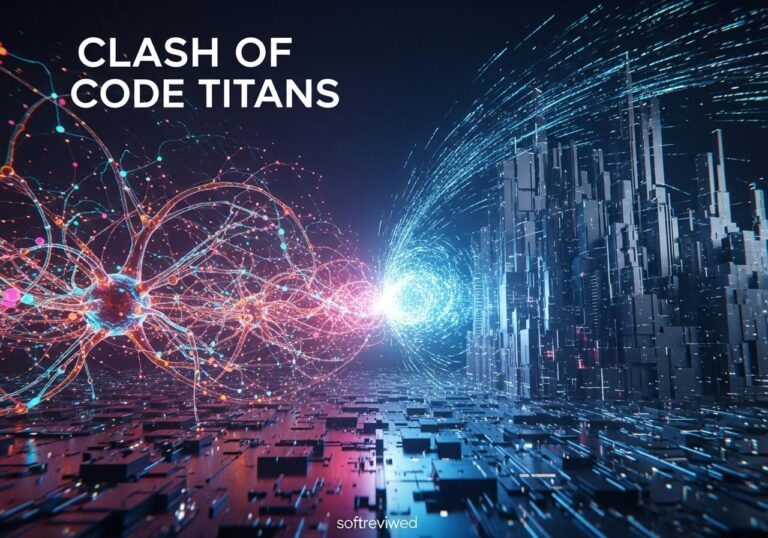The Sound of Progress: OpenAI Unveils ChatGPT’s Voice Mode
In a move that’s sending ripples through the tech world, OpenAI has just given ChatGPT a voice—quite literally. The AI powerhouse has introduced a new voice mode for its popular chatbot, allowing users to engage in verbal conversations with the AI assistant. This groundbreaking feature is not just another update; it’s a leap towards more natural and intuitive human-AI interactions.
From Text to Talk: What’s New in ChatGPT’s Voice Mode?
OpenAI’s latest innovation brings several exciting capabilities to the table:
- Two-way verbal communication: Users can now speak to ChatGPT and hear responses in return.
- Five distinct voices: The AI offers a range of voice options to choose from.
- Image analysis: Users can show images to ChatGPT during conversations for analysis and discussion.
- Seamless switching: The ability to transition between text and voice modes effortlessly.
How This AI Breakthrough is Shaping Our Future—For Better or Worse?
The Bright Side: Enhancing Accessibility and Efficiency
- Improved accessibility: Voice mode opens up ChatGPT to users with visual impairments or those who prefer auditory learning.
- Multitasking made easier: Users can interact with ChatGPT while engaged in other activities, boosting productivity.
- Language learning potential: The feature could serve as a powerful tool for practicing spoken languages.
The Concerns: Privacy and Ethical Considerations
- Voice data privacy: The collection and storage of voice data raise new privacy concerns.
- Potential for misuse: Voice cloning and impersonation risks become more prominent.
- Digital divide: The feature might widen the gap between those with access to advanced AI and those without.
Behind the Scenes: The Technology Powering ChatGPT’s Voice

OpenAI’s voice mode is built on a foundation of advanced speech recognition and text-to-speech technologies. While the company hasn’t disclosed all the technical details, experts speculate that it likely involves:
- Neural text-to-speech (TTS) models: For generating human-like speech
- Automatic speech recognition (ASR): To convert user speech into text
- Natural language processing (NLP): To understand context and generate appropriate responses
The User Experience: What Early Adopters Are Saying
Early feedback on ChatGPT’s voice mode has been largely positive. Maxwell Zeff, writing for TechCrunch, shared his experience: “OpenAI’s new voice mode let me talk with my phone, not to it.” This sentiment echoes across social media, with users praising the natural flow of conversations and the AI’s ability to understand context.
The Competitive Landscape: How Does ChatGPT’s Voice Mode Stack Up?
OpenAI’s move comes as competition in the AI assistant space heats up:
| Company | Voice AI Offering | Key Features |
|---|---|---|
| OpenAI | ChatGPT Voice Mode | Two-way conversation, image analysis |
| Gemini Live | Multimodal capabilities, integrated with Google ecosystem | |
| Apple | Siri | Deep integration with Apple devices, focus on privacy |
| Amazon | Alexa | Smart home integration, vast skill library |
What’s Next for AI Voice Assistants?
As ChatGPT’s voice mode rolls out, experts are already speculating about future developments:
- Emotion recognition: AI assistants that can detect and respond to human emotions
- Personalized voices: The ability to create custom AI voices based on user preferences
- Multilingual capabilities: Seamless translation and conversation across languages
- Integration with virtual and augmented reality: Voice AI as a core component of immersive experiences
The Bigger Picture: AI’s Growing Role in Our Daily Lives
The introduction of ChatGPT’s voice mode is more than just a new feature; it’s a significant step towards AI becoming an ever-present part of our daily interactions. As these technologies continue to evolve, they raise important questions about the future of human-AI relationships, privacy, and the very nature of communication.
How Does ChatGPT Voice Mode Compare to Microsoft’s VALL-E 2 in AI Voice Interaction?
ChatGPT’s voice mode offers a conversational, engaging experience, focusing on fluidity and natural interaction. In contrast, microsoft’s revolutionary ai voice technology, VALL-E 2, emphasizes text-to-speech accuracy and emotional nuance. Both cater to distinct user needs, shaping the future of AI voice interaction in different yet impactful ways.
In Conclusion: A New Era of AI Interaction Begins
OpenAI’s latest update to ChatGPT marks a pivotal moment in the evolution of AI assistants. By giving ChatGPT a voice, OpenAI has not only enhanced the user experience but also opened up new possibilities for how we interact with AI in our daily lives. As we stand on the brink of this new era, it’s clear that the conversation around AI is about to get a lot more vocal—in every sense of the word.
For the latest updates and to try ChatGPT’s voice mode, visit OpenAI’s official website.
Key Features of OpenAI’s ChatGPT Voice Mode
This chart illustrates the key features of OpenAI’s ChatGPT Voice Mode, showing the relative importance of each feature based on user feedback and potential impact.







